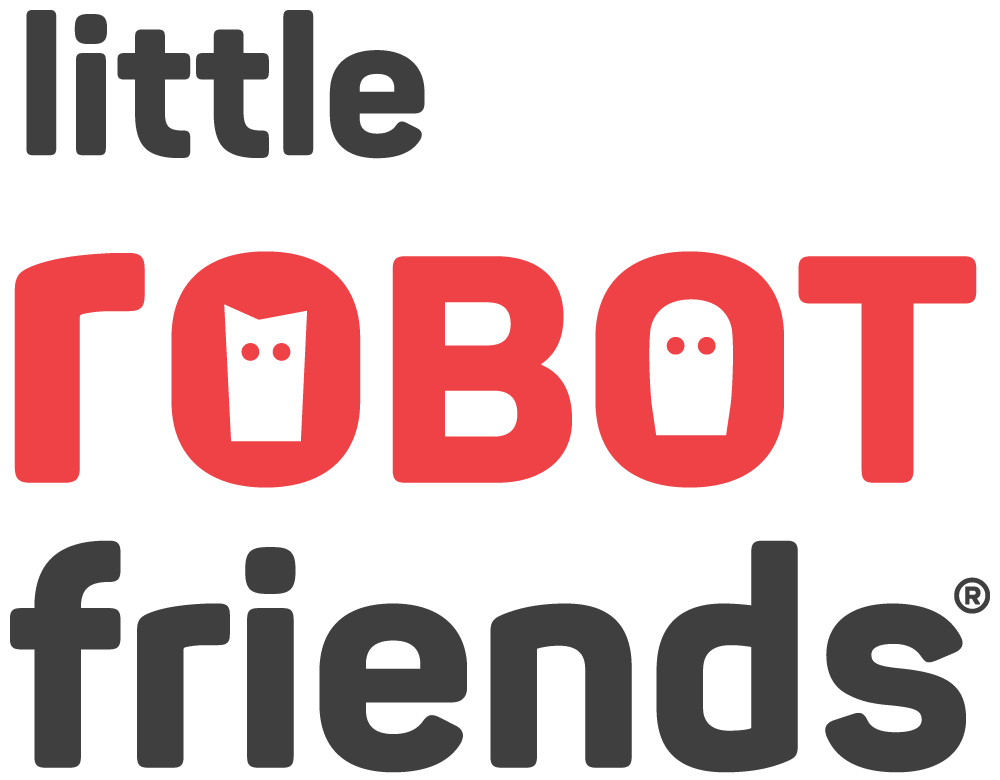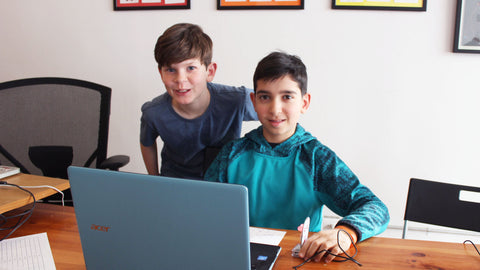
You may have never heard of these terms before, and if you don’t know what they mean… we’re not judging you! C++, Python, JavaScript… they are all languages in the computer programming world. It’s hard to know where to start your kids off if you don’t know much about coding yourself. So, why are there so many languages out there and where do kids begin?
In our coding classes, the first question we like to ask is, “what is code?” It’s a simple question, but for many kids it’s hard to define in one concise sentence. Is it a secret combination of numbers you need to access your phone? Or is it a set of instructions that tell a computer what to do? (It’s both, but we’re talking about the last one).
Think of programming languages (C++, Python etc.) like spoken languages around the world. There isn’t just one way to communicate - people speak in English, French, Cantonese, Spanish, and so on. According to the Ethnologue (a research centre for language intelligence), there are 7,111 languages spoken today 😱 Languages are constantly in flux; new ones emerge all the time and very old ones go extinct. It’s not so different for programming languages and so it’s hard to pinpoint how many exist… a few sources list over 250 and for others even more than that!
You can create websites using JavaScript, Python, or Ruby, but different languages can serve different purposes. They’re like tools in a toolbox. There isn’t one magic tool for everything (wouldn’t that be nice?)
At the end of the day though, all the programming languages lead to one place and that’s the machine’s common language: binary, or in other words, 1s and 0s. Computers transport, calculate, store, and translate all sorts of information in binary form. But imagine if your child had to program in 1s and 0s...
Thanks to a brilliant lady named Grace Hopper we don’t need to program in 1s and 0s for our computer to understand us. Grace Hopper, also known as Amazing Grace, was a Computer Scientist and Rear Admiral in the US Navy back in the 1940s. She started programming at the machine level, until she began to realize how limiting it was for humans. This led her on a mission to develop a computer language compiler, which helped set a pathway for many more programming languages.
Okay still... where should YOUR kids begin?
Here’s what we suggest. Instead of focusing on the most popular programming language right now… help your kids build a core understanding of coding concepts like variables, functions, and arrays. This lays down the ground work so they can think of different ways to solve a problem, because that’s what programming is - solving many, many problems. It’s the reason beginners in our class start with visual coding applications like LRF Blocks or Scratch. It’s really frustrating for kids to want to learn anything if they don’t know how to do the basics like how to type or use a computer or understand a thing about code. From there, you can start introducing them to those text-based languages that you keep hearing about. If you’re interested in seeing what’s popular, check out the TIOBE Programming Community Index which is updated every month. Last year, Python was one of the most popular languages!
We teach a variety of programming languages in our classes from visual code to C & C++ to HTML & CSS (for web design). Are you interested in introducing your kids to the world of code? We’re running Summer Camps every single week this year! Learn more and register your child at https://moment.com/schools/littlerobotfriends.

